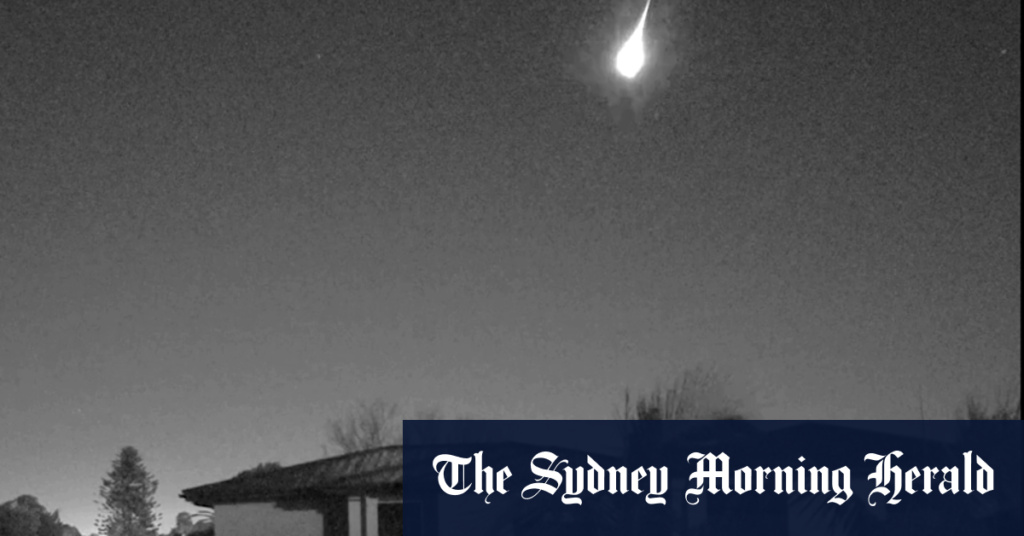“They’re not dangerous. They won’t be particularly hot or cold at this stage but there’s a lot of rocks out there in rural Victoria, so trying to identify a meteor amongst them can be pretty tricky,” Brown said.
“There are lots of surveillance videos that seem to have picked it up, dash-cams too, so they might help narrow down where it’s landed. It will also depend on the terrain where it landed as to whether these chunks of rock can be found.”
Brown said if any meteorites landed, they would probably be centimetres in size.
Brown also recalled a Canadian family’s house camera captured a meteorite landing near the front door last year. It was the first time such an event was caught on camera.
“If you have a look at that video, it’s not exactly an asteroid disaster movie, it’s much more of a curiosity,” Brown said.
The Perseid meteor shower is expected to peak on Wednesday and Thursday, so astronomers were expecting to see activity in Australian skies.
But Astronomer Perry Vlahos told this masthead that Sunday night’s sighting was not part of any meteor shower such as the Perseids or Alpha Capricornids.
“This would be what’s called a ‘sporadic meteor’, which refers to all meteors we see with a non-specific origin,” Vlahos said.
“The reason it’s not a Perseid is because the ‘radiant’ – the point the meteors appear to radiate out from – never rises above the horizon for us at the latitude of Victoria.
“In order for it to be one, it would have to be travelling upward from horizon to zenith …which is not what was observed.”
Vlahos added it was a meteor, not a meteorite as it hadn’t hit the ground as of the information available on Sunday night, but astronomers were still reviewing video of the meteor, hence some parts of it may have made it to ground.
“It burns out in the sky, way before hitting the ground, so it won’t be a meteorite [which becomes so once it hits the ground],” Vlahos said.
“At this stage, we can only call it a meteor. There’s a third name for them – meteoroid, for when they’re travelling through space and before they enter the atmosphere.”
Read the full article here
